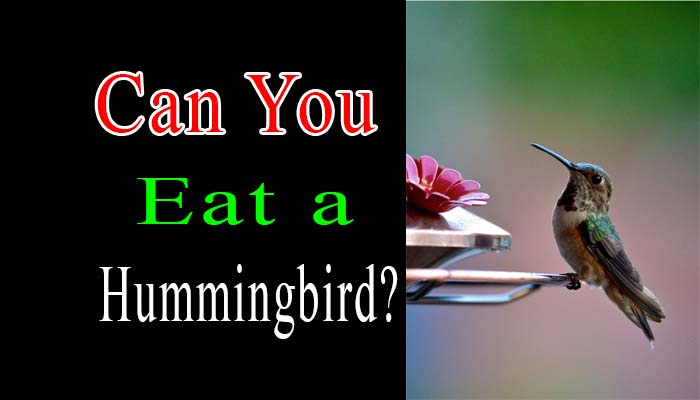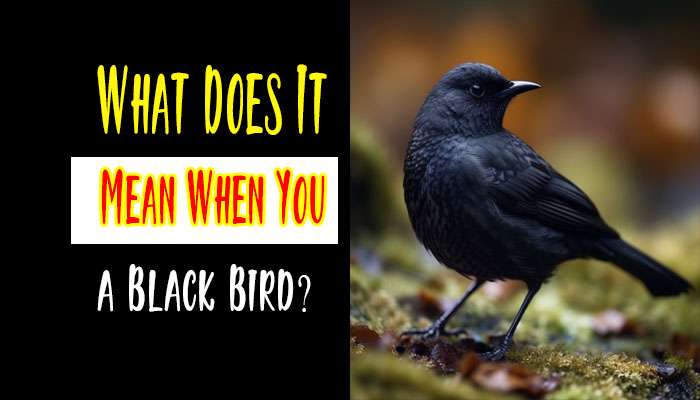Bird Nesting Habits: Fascinating Facts
Birds, with their enchanting melodies and colorful plumage, have always been a subject of fascination for humans. Their nesting habits, in particular, have captured the attention of researchers and nature enthusiasts alike. The process of building a nest is not only vital for the survival of bird species but also showcases remarkable adaptability and creativity in these feathered creatures.
In this article, I delve deep into the world of Bird Nesting Habits: Fascinating Facts, exploring 25 intriguing aspects of their nesting behaviors.
Bird Nesting Habits: Fascinating Facts
1. Nesting Instincts: An Innate Drive

Birds are born with an inherent nesting instinct, compelling them to build a secure home for their offspring. This instinct is governed by a complex interplay of hormonal changes and environmental cues.
2. Nesting Sites Selection: The Quest for Safety

Choosing the right nesting site is crucial for bird parents. Some prefer hidden and secluded spots to protect their young ones from predators, while others opt for open locations to keep an eye out for approaching threats.
3. Migratory Nesting: Navigating Boundless Distances
Migratory birds undertake incredible journeys spanning thousands of miles, returning to the same nesting sites every year. The accuracy of their navigation is a marvel of nature.
4. Nest Building Materials: Ingenious Selections
From twigs and leaves to mud and spider silk, birds display ingenuity in selecting suitable materials for constructing their nests. Each species has its unique preference, and some even incorporate human-made items.
5. Avian Architects: Weaver Birds
Weaver birds are unparalleled architects, creating intricately woven nests suspended from branches. The males showcase their skills to attract females, making it a captivating courtship ritual.
6. Cavity Nesters: Utilizing Hollow Spaces

Certain bird species, known as cavity nesters, seek out hollow spaces in trees or man-made structures to build their nests. This behavior has both advantages and challenges.
7. Nest Parasitism: Exploiting Others’ Efforts
Cuckoos and cowbirds are notorious for their nesting strategies, laying eggs in the nests of other bird species. The unwitting foster parents raise the parasitic chicks, often at the expense of their own young.
8. Burrow-Nesting Birds: Subterranean Homes
Burrow-nesting birds, like puffins, kingfishers, and prairie dogs, create their nests underground, providing a safe haven for incubation and raising their chicks away from potential threats.
9. Floating Nests: Adapting to Water
Certain waterfowl, like grebes and ducks, construct floating nests on water bodies. Their ability to navigate water while ensuring their eggs’ safety showcases their remarkable adaptation.
10. Hanging Nests: Swinging Cradles
Hanging nests, as crafted by orioles and sunbirds, dangle from tree branches, demonstrating a combination of creativity and engineering that ensures better protection from ground-based predators.
11. Platform Nests: Sturdy Foundations
Birds such as ospreys and eagles construct platform nests, often using sticks and twigs in the treetops or cliffs. These nests provide a strong foundation to accommodate their larger size.
12. Adhesive Nests: Sticking It Together
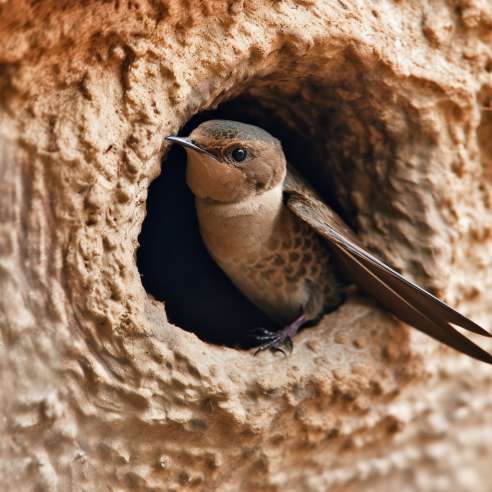
Swifts and hummingbirds employ sticky substances like saliva and spider silk to glue their nests to various surfaces, including walls, branches, or cliffs.
13. Multiple Broods: Raising Extended Families
Some bird species, like robins and bluebirds, raise multiple broods in a single nesting season, showcasing their resilience and dedication to perpetuating their lineage.
14. Nest Decoration: Aesthetic Choices
Bowerbirds are known for their unique nesting behavior, incorporating decorative items like flowers, shells, and even human-made objects to impress potential mates.
15. Ground Nests: Embracing Vulnerability
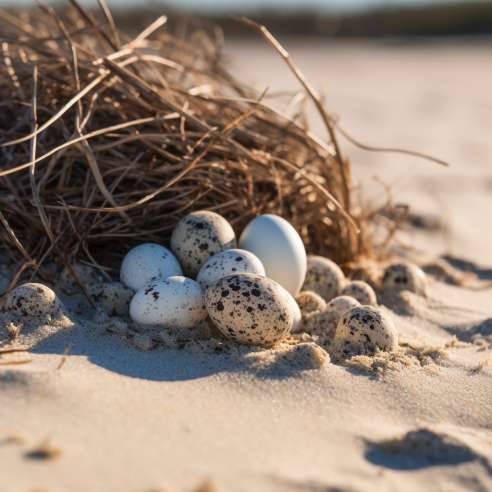
Ground-nesting birds, such as shorebirds and plovers, lay their eggs directly on the ground. This exposes the eggs to various risks, but these birds have evolved strategies to counter them.
16. Nesting Hierarchies: Community Living
Certain bird species, such as sociable weavers, build enormous communal nests housing hundreds of individuals, exhibiting complex social structures.
17. Nesting Synchronization: Timing is Everything
Some birds synchronize their nesting activities with seasonal changes, taking advantage of abundant food resources to rear their young successfully.
18. Nesting and Climate Change: A Delicate Balance
Climate change poses significant challenges to bird nesting habits, impacting food availability, migration patterns, and nesting site suitability.
19. Nesting Predators: Constant Vigilance
Birds face threats from predators, and their nesting strategies often involve vigilant behavior and deceptive practices to protect their eggs and chicks.
20. Nest Desertion: Tough Choices

In certain circumstances, birds may desert their nests due to external disturbances or perceived threats, making it a difficult but necessary decision.
21. Brood Parasitism Coevolution: An Evolutionary Arms Race
The coevolutionary relationship between brood parasites and their hosts has led to fascinating adaptations and counter-strategies on both sides.
22. Nest Camouflage: Hidden in Plain Sight
Some bird species employ camouflage techniques, using materials that blend seamlessly with their surroundings to make their nests less visible to predators.
23. Reusing Nests: A Sustainable Approach
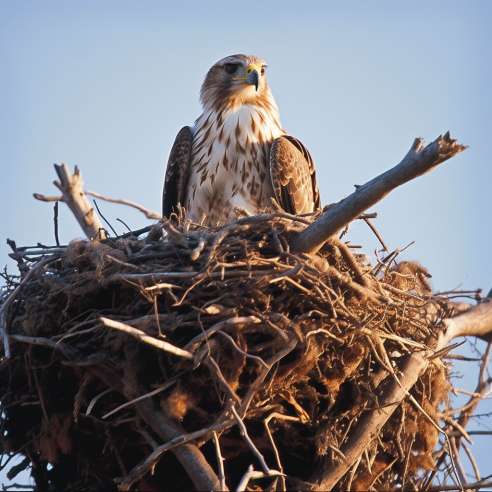
Many birds, such as hawks and eagles, refurbish and reuse their nests year after year, adding new materials to reinforce the structure.
24. Nesting Failure: Nature’s Reality
Despite their best efforts, not all nesting attempts are successful, and understanding the factors behind nesting failure is crucial for conservation efforts.
25. Human Impact on Bird Nesting: Conservation Concerns
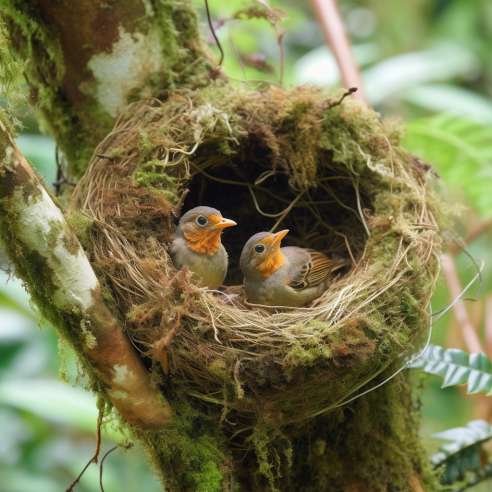
Human activities, such as deforestation and urbanization, have profound effects on bird nesting habitats, emphasizing the importance of conservation initiatives.
FAQs
1. How do birds choose their nesting sites?
Birds select nesting sites based on various factors, including safety from predators, proximity to food sources, and suitable environmental conditions.
2. Are all bird species monogamous when it comes to nesting?
No, while some bird species are monogamous during nesting, others engage in polygamous or promiscuous behavior, depending on their evolutionary strategies.
3. Do birds reuse their old nests?
Yes, many bird species refurbish and reuse their old nests, saving time and energy during subsequent breeding seasons.
4. What is the most impressive nesting behavior among birds?
The nesting behavior of weaver birds, who construct intricate woven nests, is particularly impressive due to its architectural complexity.
5. How do migratory birds find their nesting sites after long journeys?
Migratory birds rely on innate navigational abilities, celestial cues, and recognizable landmarks to find their specific nesting sites even after extensive migrations.
6. Can human-made objects be harmful to bird nests?
Yes, human-made objects like plastic and discarded materials can pose serious threats to bird nests, affecting incubation success and chick survival.
Conclusion
Bird nesting habits are a testament to the incredible diversity and adaptability of avian species. From the ingenious architecture of weaver birds to the delicate strategies of ground-nesting birds, each species has developed unique techniques to ensure the survival of their young.
As human activities continue to impact bird habitats, understanding and conserving these nesting behaviors becomes crucial for protecting these fascinating creatures and preserving their intricate nesting practices for future generations to marvel at.
